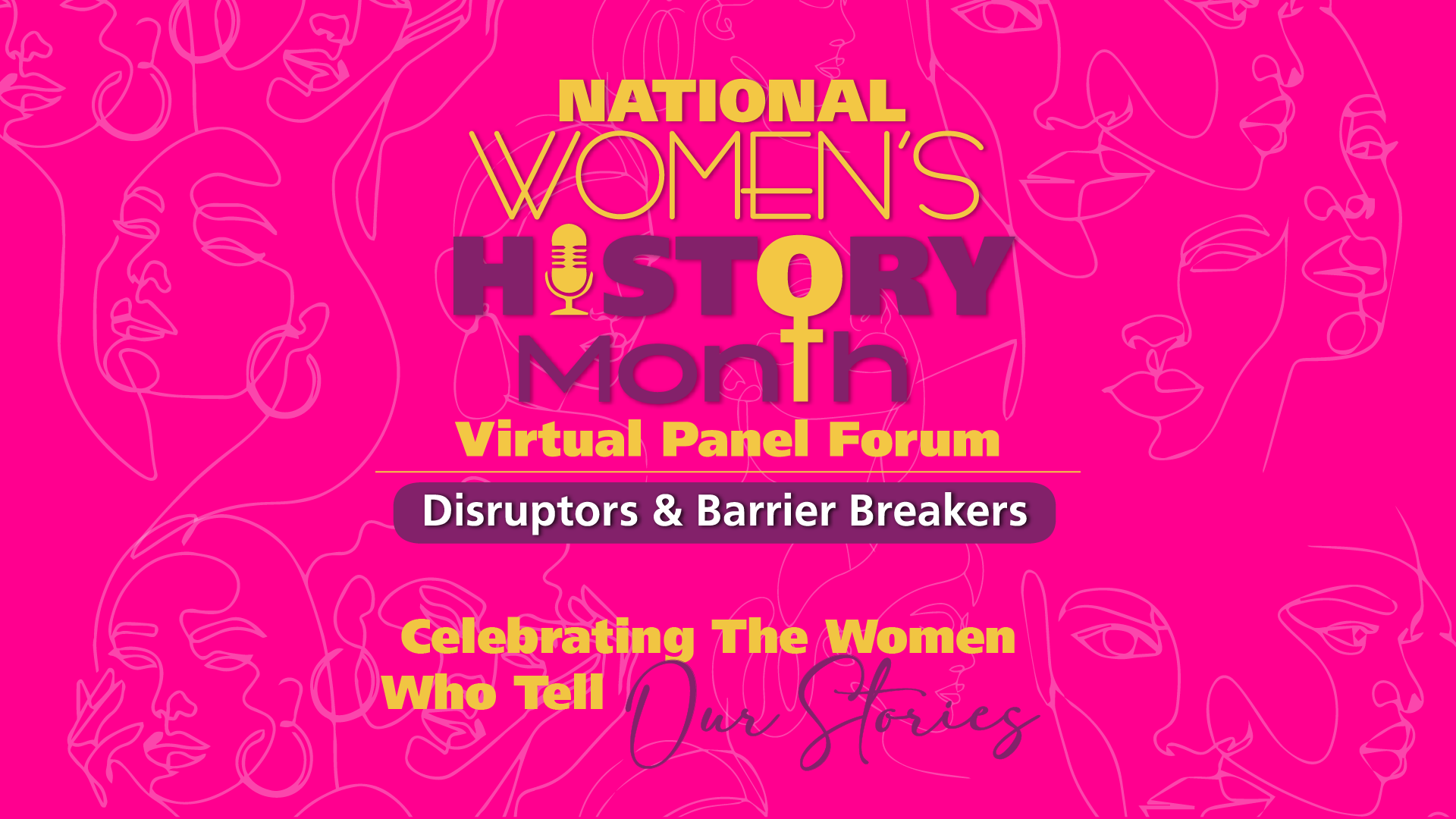Bob McGrath, an original “Sesame Street” member for almost a half-century, died at 90 this past Sunday. He played an easygoing music teacher who dispensed advice, an approach that appealed to all, especially relatable to children of color.
As we are all aware, DE&I has taken full flight, primarily due to the George Floyd murder that captured the global community’s attention during a pandemic that left us with nothing but time. But long before that, Sesame Street positioned its brand identity around the inclusive initiative that communicated a commitment that fostering diversity and inclusion would scale to a broader audience base; minorities and children of color.
Here is what made Sesame Street so successful.
In addition to being a rich educational resource, Sesame Street was even more groundbreaking because it made reaching and teaching young children from the inner cities a priority. In addition, the creators of Sesame Street wanted a program that would appeal to all children, regardless of age, background, or ethnicity.
With familiar characters evolving, speaking different languages, and reflecting different cultures, Sesame Street’s universal message of kindness, self-esteem, and tolerance never changed.




